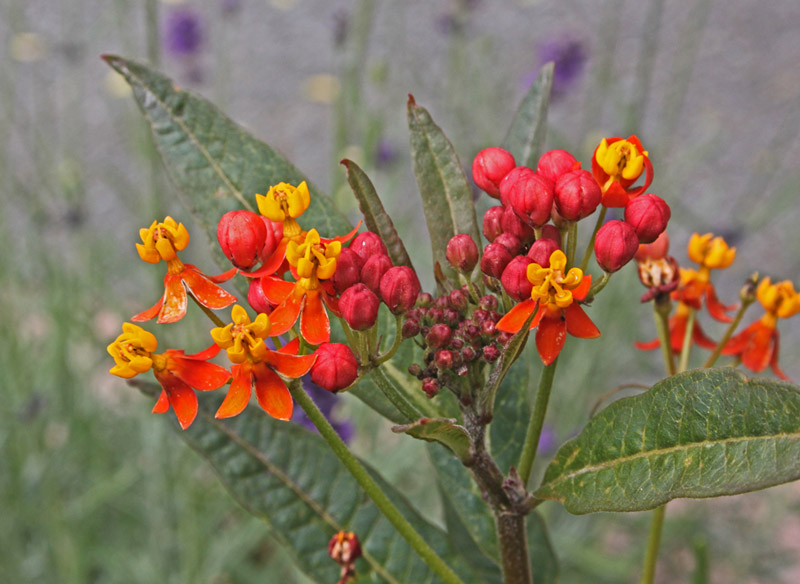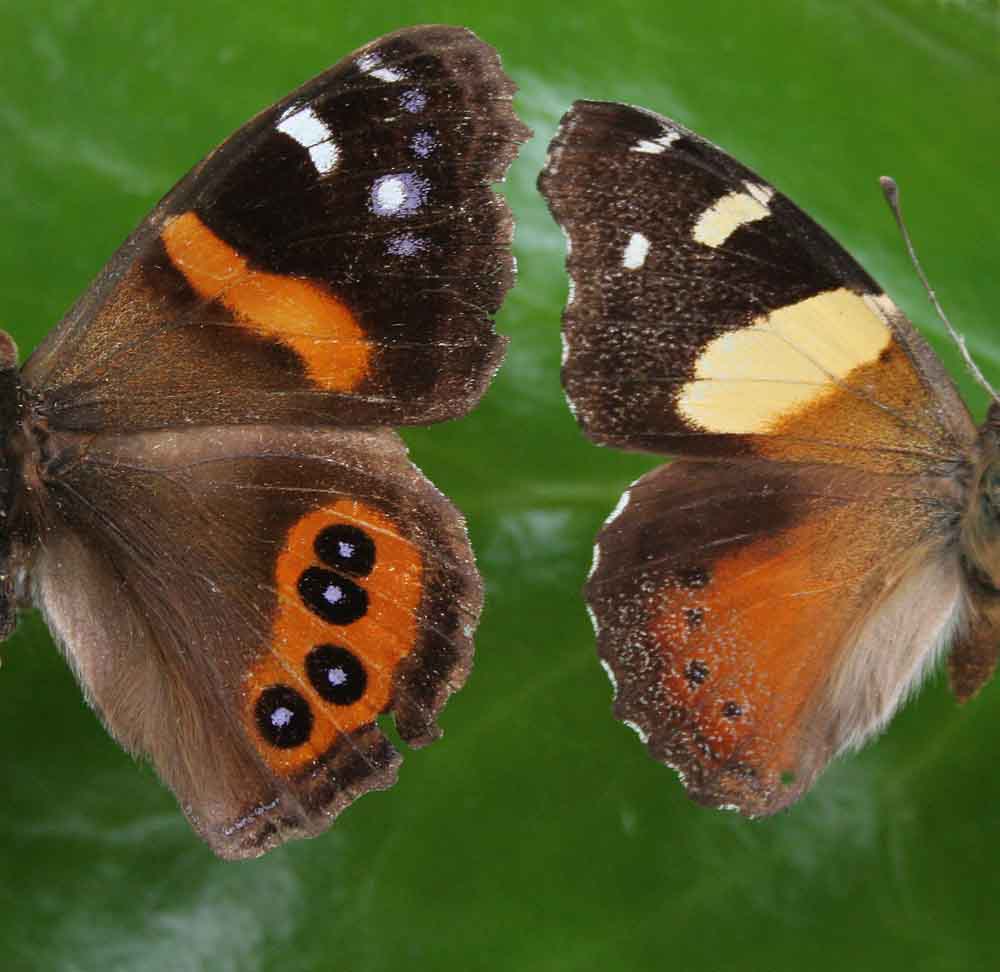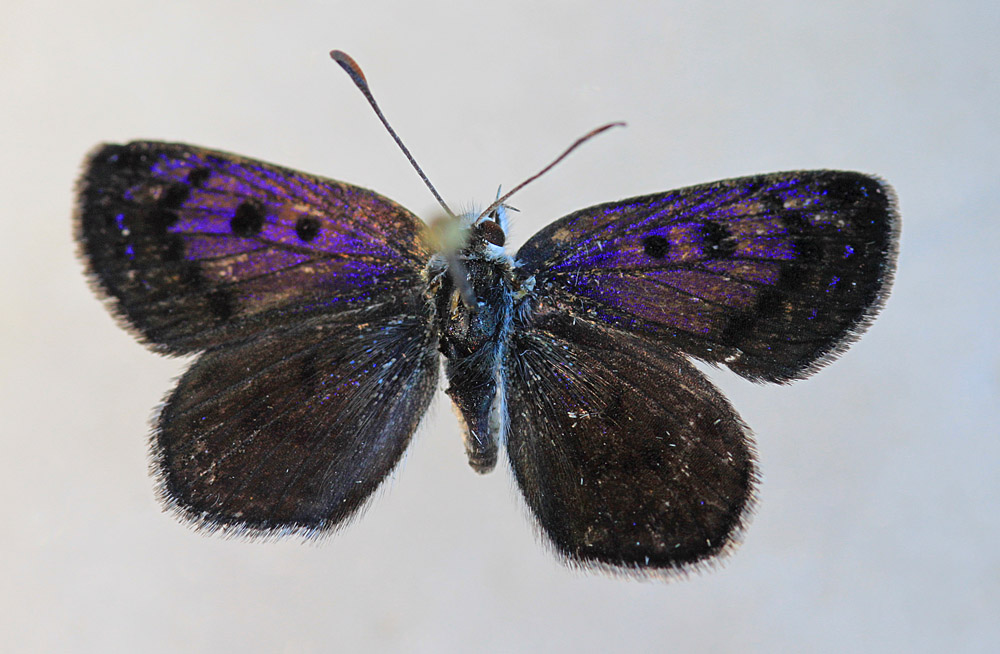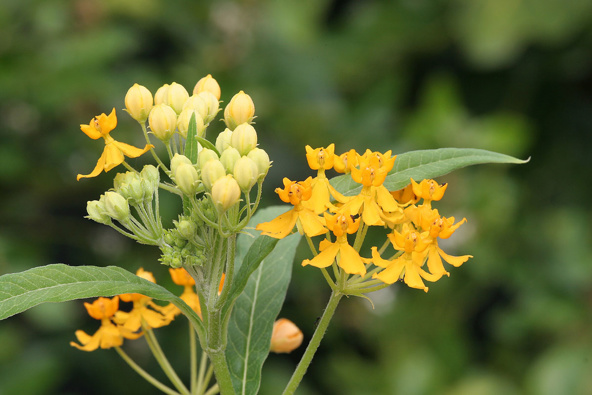This program is increasingly becoming a Community Information Resource that assists our native plants and critters – no apologies here!
We read in the news that the DOC is translocating rare/endangered birds and lizards to keep them safe and increase their populations. Gardeners can do exactly the same thing for our butterflies and moths – we even have a New Zealand Moths and Butterfly Trust that does exactly the same thing, so why not join them and enrich your quarter acre Paradise?
Monarchs are mating and looking for places to lay their eggs. We all know their food plants:
Swan plants (bit boring in my opinion!) can be sown right now – Kings Seeds and other seed merchants have these popular plants in stock; Moths and Butterfly trust also stocks a heap of different seeds for Monarchs. Germination is good at warmer temps, and 21 degrees is recommended.
Fabulous Asclepias species with colourful flowers are also suitable host plants – more my gig!
 Prettier relatives of the swan plant. Photo / Supplied
Prettier relatives of the swan plant. Photo / Supplied
Whatever you sow: aim for heaps of plants and keep some of them in large pots as “spares” for when famine breaks out.
Admiral Butterflies love nettles to lay their eggs on; if you have a safe space you can try the native Ongaonga stinging nettle. Just be careful, they are ferocious (Hence their name Urtica ferox).
Red admirals are keen on that tree nettle (ferox) but will also feed on perennial nettle (dioica).
Yellow admirals tend to go for the smaller nettle species as food for the caterpillars.
I have both admirals in abundance here in the Halswell Quarry. The reds seem to overwinter here too.
 Red admiral (left) – Yellow admiral (right). Photo / Supplied
Red admiral (left) – Yellow admiral (right). Photo / Supplied
Just be aware that red admirals may not be as common in the Auckland region, so extra food plants might make them be a little more “regularly observed”.
They are plentiful in the south though, the yellow admirals are pretty common right around the motu.
For our Blue Butterflies (commonly known as “Blues”), sow some Trifolium, Medicago or Lotus, as well as lucern, trefoil and clover species. Note how these plants are members of the Fabaceae (they are Legumes!).
Copper butterflies and boulder coppers (in the Genus Lycaena) are absolutely beautiful, mostly orange-coloured insects that fly quite erratically through the landscape, often not too far from their preferred host plant on which the caterpillars feed. By planting the appropriate species of Muehlenbeckia (complexa or australis, not astonii) you'll find the butterflies often “in attendance”.
 The Bolder coppers are often characterised by a deep purple-blue reflection on the wing scales. Photo / Supplied
The Bolder coppers are often characterised by a deep purple-blue reflection on the wing scales. Photo / Supplied
Their food plant is Muehlenbeckia axellaris (creeping pohuehue).
More butterfly details can be found of the Moths and Butterflies Trust website: https://nzbutterfly.info/
LISTEN ABOVE
Take your Radio, Podcasts and Music with you










